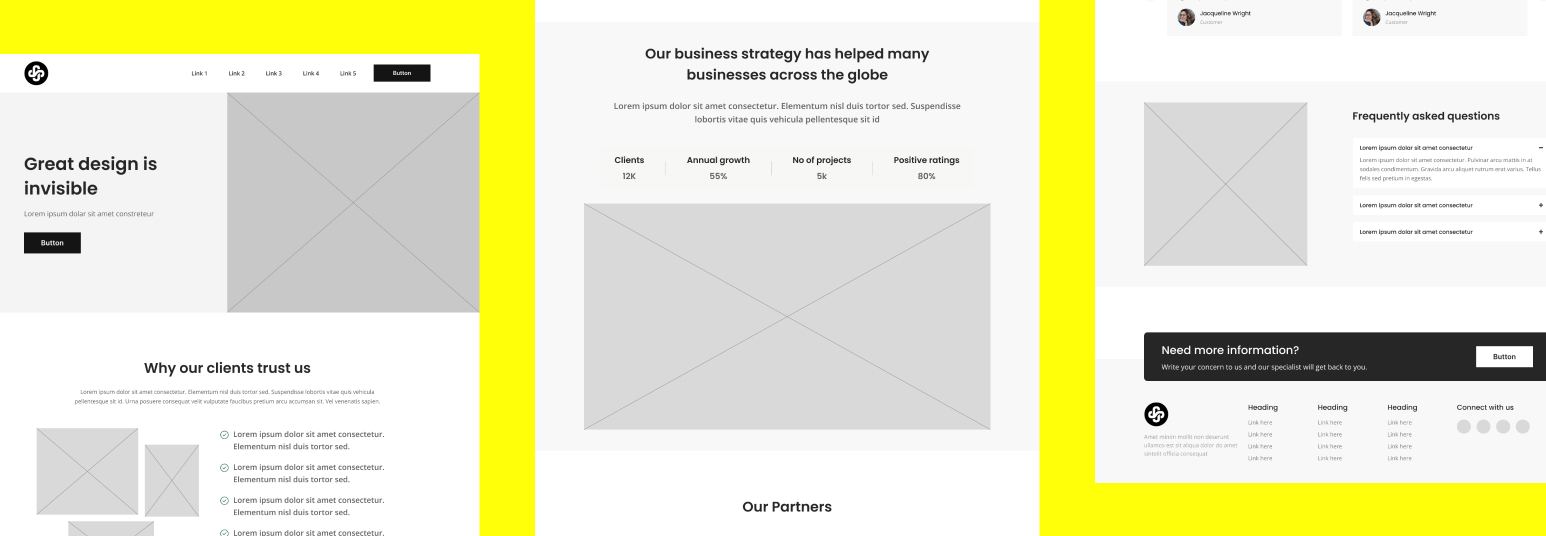When done correctly, hashtags can elevate your chances of being seen and promote your business – helping to increase engagement and drive brand awareness. Hashtags provide context to your social posts, helping people interested in your topic find your brand and expanding your influence and followers.
Initially, hashtags were most popular on X, formally known as Twitter. Now, they are used on many other social media platforms and are a part of marketing campaigns… #amazing. Mastering the hashtag gives you a powerful way to engage your audience and increase your social impact at no cost other than the time it takes to do some research and pay attention to trends.
While it sounds simple to place a hashtag in front of some words, you must know where and how is the right way to place them. Using hashtags only makes a difference in your social media strategy when done the right way.
Here are some tips on how to use hashtags:
1. Keep your hashtags to a minimum. Normally, 1-3 hashtags per post can do plenty. Hashtags can be placed in the middle of your posts, but it is advised to keep them at the end, making your post more readable. There is something called the 3×3 hashtag strategy – The 3×3 hashtag strategy is associated with what your product or service is, who it is for, and what problem it solves. In other words, it focuses on the what, who, and why.
2. Keep hashtags short and memorable rather than trying to use a lot of words in one tag. If you are using more than one word in a hashtag, capitalise the first letter of each word so it can be read easier. For example, #JustLikeThis.
3. Don’t try to choose hashtags that are too clever or obscure. If you choose a tag that no one is going to search for, it won’t benefit your marketing as it won’t be found. Keep them straight to the point. For example, hashtag a keyword you think people will search for.
4. Carrying on from the previous point, use hashtags that are detailed and specific, as this will lead to better results than broad or general ones. Broad terms are not likely to be searched, and if you use them, your content will probably get lost in a sea of unrelated content.
5. Focus on hashtags with low or medium-volume searches to hit the right audience. Using high-volume hashtags runs the risk of attracting spambots.
6. Hashtags are not always needed. Don’t try to force hashtags into every post. Instead, use them when they add value and are likely to stimulate conversation and interaction.
7. Hashtags can not only attract members of your target audience but can also be used to research your competition. Search using hashtags, and you will uncover relevant content related to your topic.
On LinkedIn, people haven’t always used hashtags, but they work on this platform the same way as any other. Not only can they help you expand your organic reach, but you can also build a community around your brand.
The use of hashtags on LinkedIn can get your posts in front of people outside your network. Let’s say you have 500 LinkedIn connections; posting without a hashtag limits your content to that network. However, if you use a hashtag such as #PPCMarketing, you may triple the number that sees it, driving up your post engagement and credibility.
In conclusion, hashtags are great. Not only do hashtags make your posts come up in search results for keywords you’ve used, but they also help fuel the algorithm on whichever social media platform. The algorithm will place posts in other users’ feeds based on their interest in the hashtags included within your post – thus bringing attention to your page/post.





